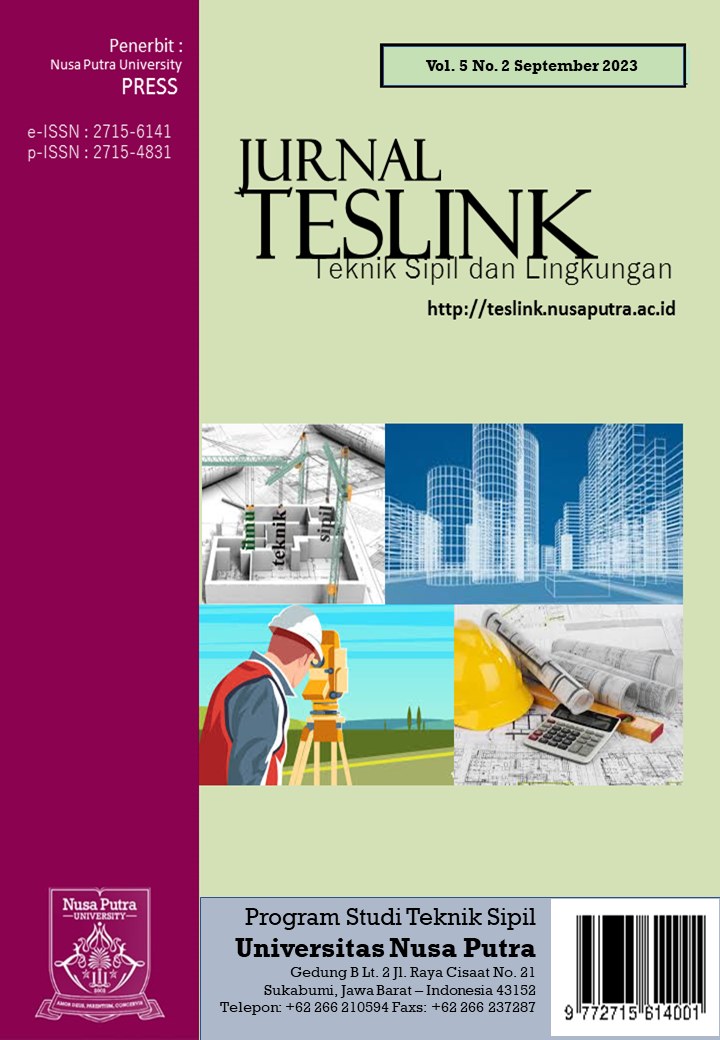Main Article Content
Abstract
On the southern Java railroad there is a detour line, this line passes through Kertosono Station, Wonokromo Station, Bangil Station, Malang Station, Blitar Station, and returns to Kertosono Station. This research is focused on the train line from Kertosono Station to Blitar Station with a distance of 81.17 km. Local train trips on this line still use single tracks so they have to wait to cross with long-distance trains. This study was conducted to determine the potential of the Kertosono-Blitar train line in the future. The methods used to predict the number of train passengers are linear regression and exponential smoothing methods, and to determine the existing cross capacity, the Supriyadi method is used. From the results of the forecasting analysis, the number of passengers is estimated from 2019 to 2030 to increase to 15079 people from Kertosono Station to Blitar Station, while from Blitar Station to Kertosono Station, an increase of 11033 passengers was obtained in 2030. When viewed from the calculation of the existing cross capacity, the Kertosono-Blitar railway line is still feasible to operate, because the maximum daily cross limit is 43 trains per day so this line still does not require an upgrade to double track.
Keywords
Article Details

This work is licensed under a Creative Commons Attribution-ShareAlike 4.0 International License.
Authors who publish with Jurnal TESLINK : Teknik Sipil dan Lingkungan agree to the following terms:
- Authors retain copyright and grant the journal right of first publication with the work simultaneously licensed under a Creative Commons Attribution License (CC BY-SA 4.0) that allows others to share the work with an acknowledgment of the work's authorship and initial publication in this journal.
- Authors are able to enter into separate, additional contractual arrangements for the non-exclusive distribution of the journal's published version of the work (e.g., post it to an institutional repository or publish it in a book), with an acknowledgment of its initial publication in this journal.
- Authors are permitted and encouraged to post their work online (e.g., in institutional repositories or on their website) prior to and during the submission process, as it can lead to productive exchanges, as well as earlier and greater citation of published work.

Jurnal TESLINK : Teknik Sipil dan Lingkungan is licensed under a Creative Commons Attribution-ShareAlike 4.0 International License.
References
- [1] A. Oktaviarina, “Peramalan Jumlah Penumpang Kereta Api di Indonesia Menggunakan Metode Eksponential Smoothing,” in Jurnal Buana Matematika, vol.7 no.2, 2017.
- [2] A. Muchlisin, D. Murwono, “Evaluasi Kapasitas Lintas Kereta Api Track Maguwo-Rewulu,” 2015, in ??????
- [3] J. Saputra, S.F. Diba, T.J. Kusuma, and E. Widodo, “Penerapan Metode Triple Exponential Smoothing untuk Meramalkan Jumlah Penumpang Kereta Api di Daerah Operasi 4 Semarang,” in Prosiding Konferensi Nasional Penelitian Matematika dan Pembelajarannya (KNPMP) IV, 2019
- [4] M.N. Hidayat, “Pengembangan Model untuk Menghitung Kapasitas Jalur Kereta Api di Indonesia (Studi Kasus Lintas Utara Pulau Jawa Stasiun Pasarturi-Stasiun Bojonegoro),” in Rekayasa Teknik Sipil, vol.7 no.2, 2019
- [5] R. Prihantanto, A. Wicaksono, and L. Djakfar, “Evaluasi Kapasitas Lintas Jalur Ganda Kereta Api Segmen Bojonegoro-Surabaya Pasarturi,” Proceedings of the 19th International Symposium of FSTPT, 2016, pp. 1445-1453.
- [6] R. R. Lailiyah, R. Agustiani, “Peramalan Jumlah Penumpang LRT Sumsel dengan Metode Exponential Smoothing,” in Diophantine Journal of Mathematics and Its Applications, vol.1 no.1, 2022.
- [7] Sekretariat Negara, Peraturan Menteri Perhubungan Republik Indonesia Nomor 43 Tahun 2011 tentang Rencana Induk Perkeretaapian Nasional.
- [8] U. Supriyadi, 2008. “Kapasitas Lintas dan Permasalahannya”, Bandung.
- [9] U. Supriyadi, 2008. “Perencanaan Perjalanan Kereta Api dan Pelaksanaannya”, Bandung.
